Some car features introduced in recent years have become major annoyances for drivers. These include overly sensitive touchscreens, intrusive automatic start-stop systems, and confusing gear shifters. Voice recognition systems that often misinterpret commands and excessively loud warning chimes also frustrate many drivers. Here are some features that should never have made it to production, causing more irritation than convenience.
Contents
Touchscreen Climate Controls
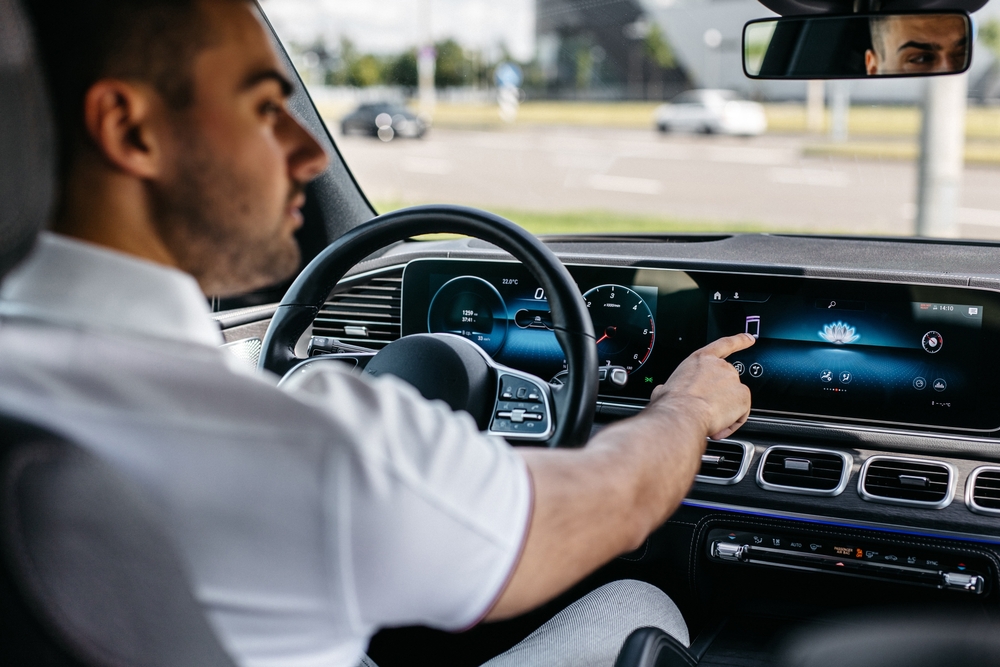
Touchscreen climate controls, found in many modern vehicles, can be frustrating for drivers who prefer physical knobs and buttons for their immediacy and ease of use. Touchscreens often require multiple taps to adjust settings, which can distract drivers and take their eyes off the road. Additionally, touchscreens can be less responsive and harder to operate with gloves or in cold weather. Reviews frequently cite user frustration, suggesting that a hybrid approach with both touchscreen and physical controls could enhance usability and safety.
Automatic Engine Start-Stop Systems
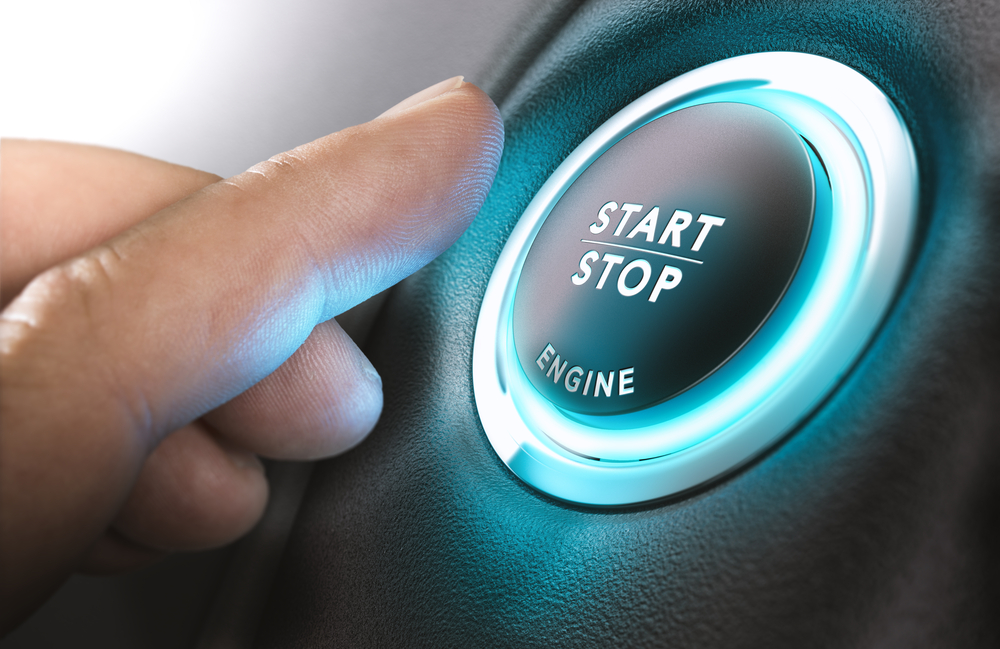
Automatic engine start-stop systems, designed to improve fuel efficiency, can be bothersome for many drivers. These systems automatically shut off the engine when the vehicle is at a standstill and restart it when the brake is released. Drivers often complain about the noticeable delay and rough restart, especially in stop-and-go traffic. Some also worry about the long-term wear on the starter motor and battery. Tips: Many vehicles offer an option to disable this feature temporarily, so check your car’s manual for instructions.
Lane Keep Assist
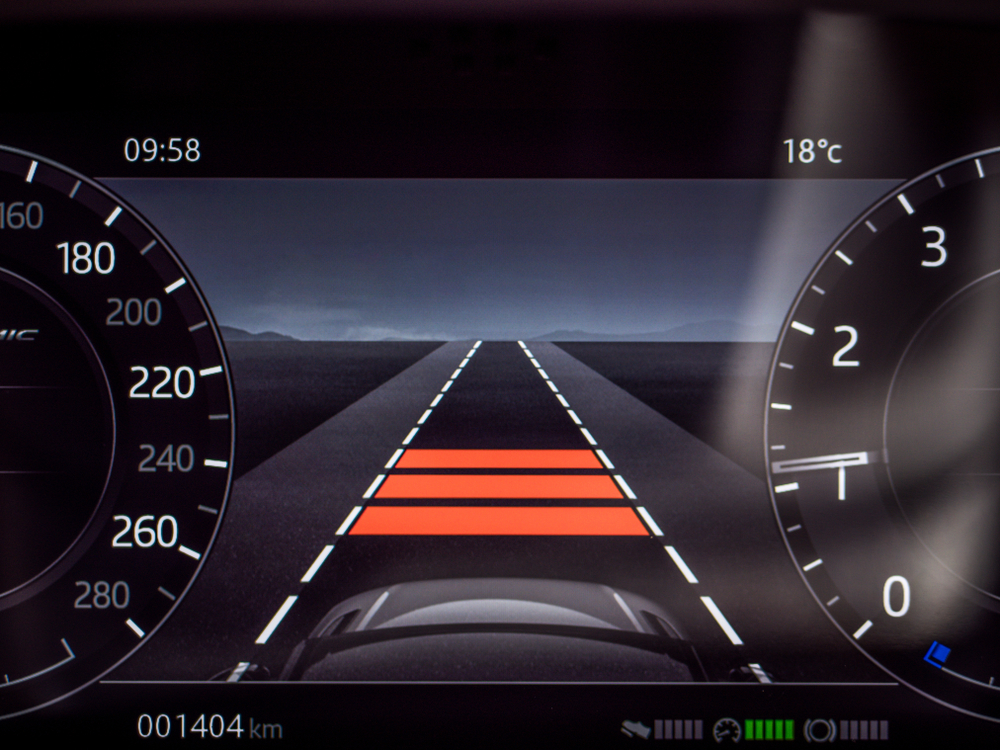
Lane Keep Assist is intended to keep the vehicle within lane markings, but it can be overly intrusive and disconcerting for drivers. The system often provides sudden steering inputs that can feel unnatural and jarring. False positives, where the system activates unnecessarily, can also be a source of annoyance. Real reviews indicate that while the feature can be helpful on long highway drives, it is less useful and more irritating in urban environments with frequent lane changes and poorly marked roads.
Overly Sensitive Parking Sensors
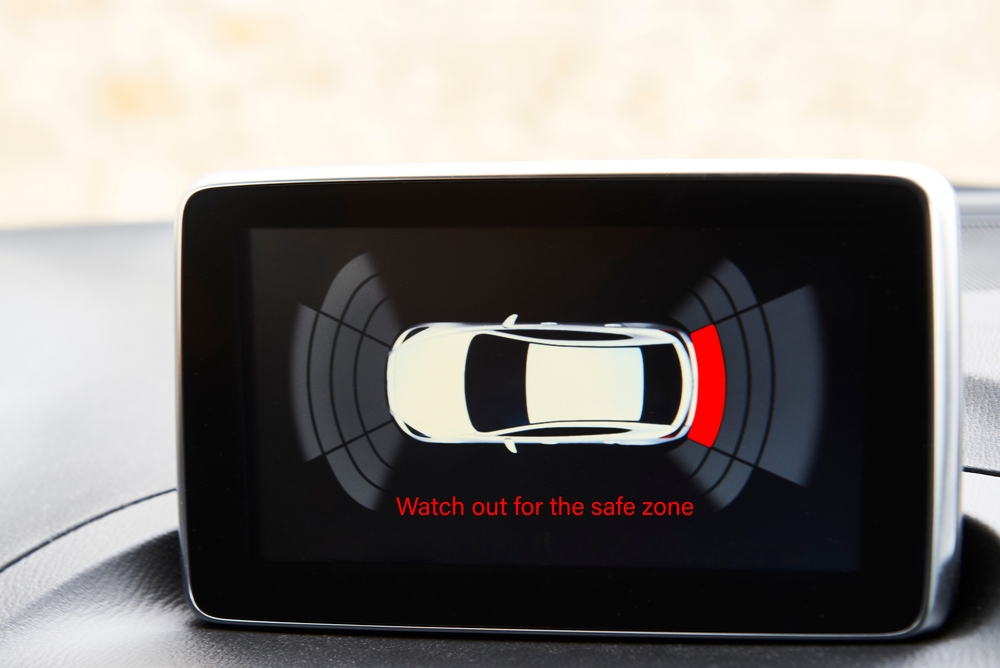
Parking sensors that are too sensitive can cause unnecessary alerts and driver frustration. These sensors can beep incessantly when there are minor obstacles or even harmless objects like bushes or curbs nearby. Overly sensitive sensors can desensitize drivers to actual hazards and create a distracting driving experience. Reviews suggest that drivers appreciate adjustable sensitivity settings, which can help tailor the system to different parking environments and reduce false alarms.
Non-Intuitive Infotainment Systems
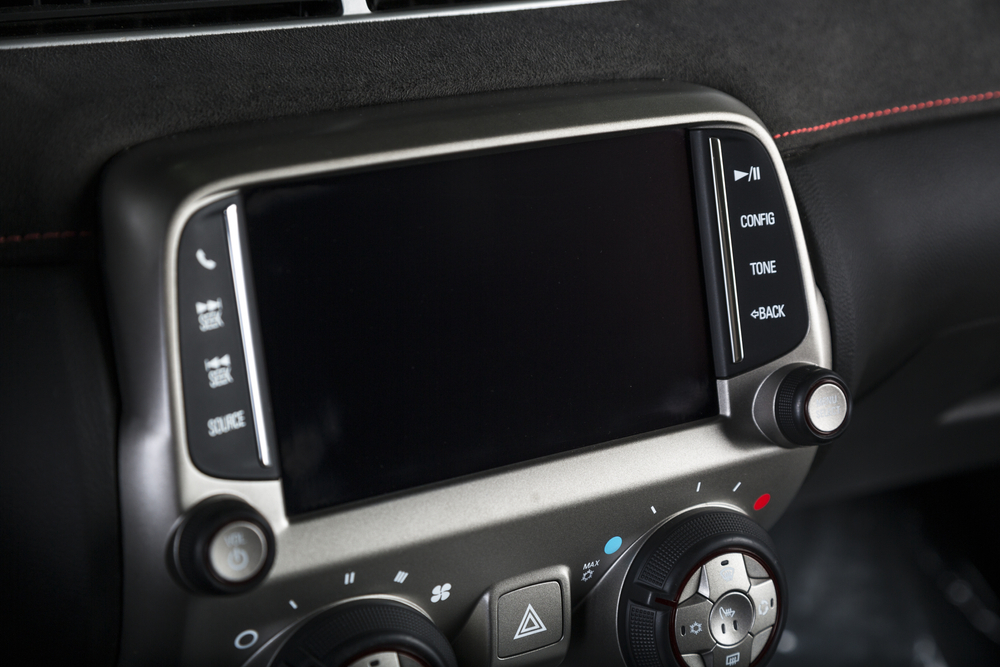
Complex and non-intuitive infotainment systems can be a significant source of frustration for drivers. Systems with confusing menus, slow response times, and difficult-to-use controls can make simple tasks like changing the radio station or inputting a navigation address unnecessarily complicated. Real reviews often highlight the importance of user-friendly interfaces, suggesting that manufacturers should prioritize intuitive designs and faster processing speeds.
Electronic Handbrakes
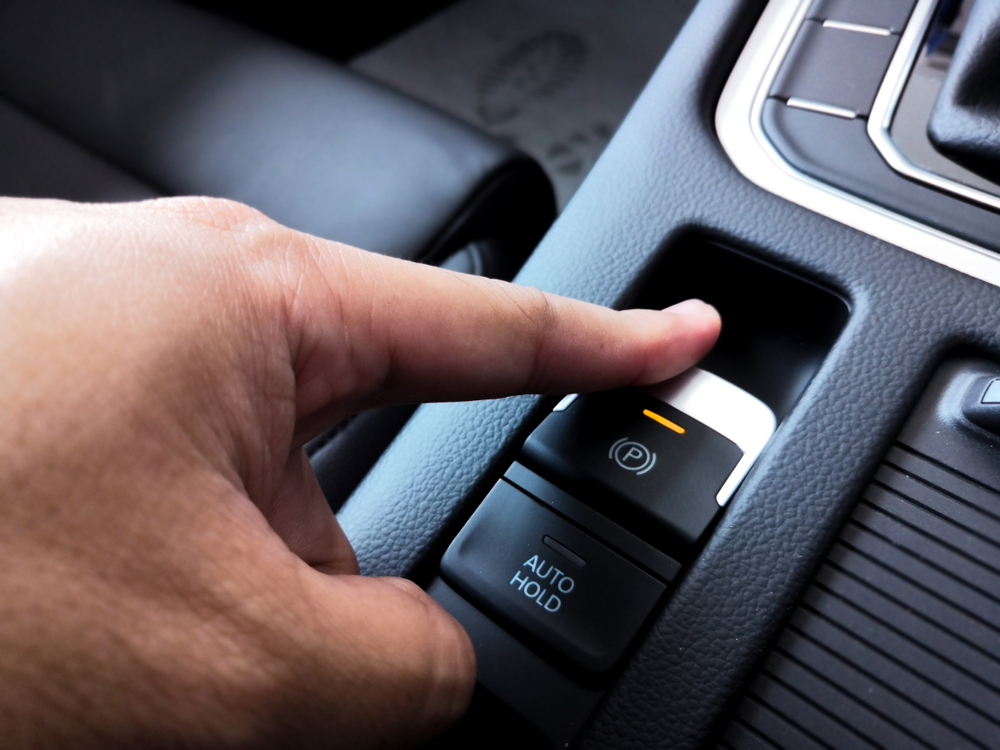
Electronic handbrakes replace traditional manual handbrakes with a button, which can be inconvenient and less reliable in certain situations. Drivers often miss the tactile feedback and control of a manual handbrake, particularly in emergencies or when performing precise maneuvers like parking on a steep hill. Reviews commonly express concerns about the reliability of electronic systems, recommending that drivers familiarize themselves with the emergency release procedure outlined in the vehicle’s manual.
Overly Complex Keyless Entry Systems

Keyless entry systems, which allow drivers to unlock and start their car without removing the key fob from their pocket or bag, can sometimes be overly complex and temperamental. Issues such as weak signals, interference from other electronic devices, or malfunctioning sensors can leave drivers locked out or unable to start their vehicle. Real reviews suggest that while keyless entry can be convenient, a simple and reliable backup method, like a traditional key, should always be available.
Touch-Sensitive Buttons
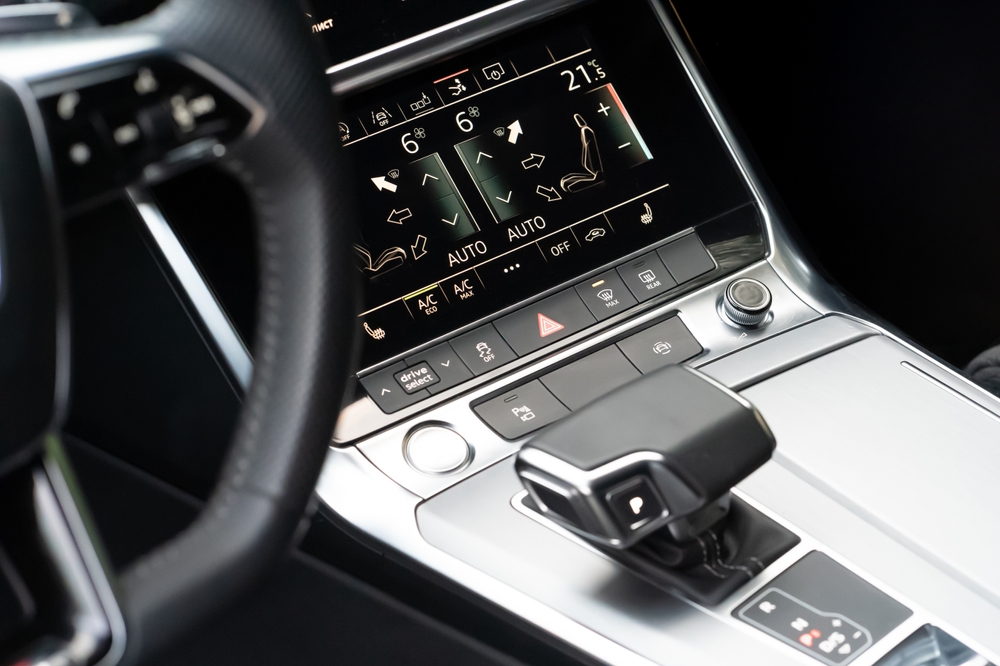
Touch-sensitive buttons for essential functions, such as volume control or climate settings, can be less practical than traditional physical buttons. These touch-sensitive surfaces can be less responsive and harder to locate by feel while driving, leading to driver distraction. Reviews often favor physical buttons for their tactile feedback and ease of use, particularly in critical areas where quick adjustments are necessary.
Run-Flat Tires
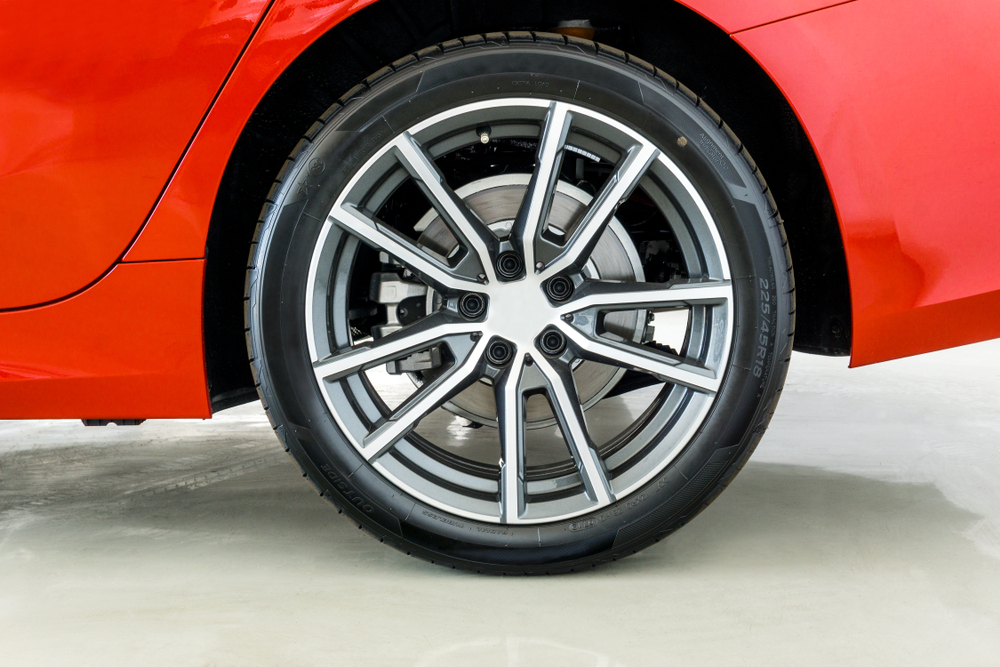
Run-flat tires are designed to allow drivers to continue driving for a limited distance after a puncture, but they often come with trade-offs that drivers find inconvenient. These tires tend to provide a harsher ride, have a shorter lifespan, and are more expensive to replace than traditional tires. Real reviews frequently mention the discomfort and higher maintenance costs associated with run-flat tires, suggesting that a traditional spare tire might be a more practical option for many drivers.
Auto-Dimming Rearview Mirrors
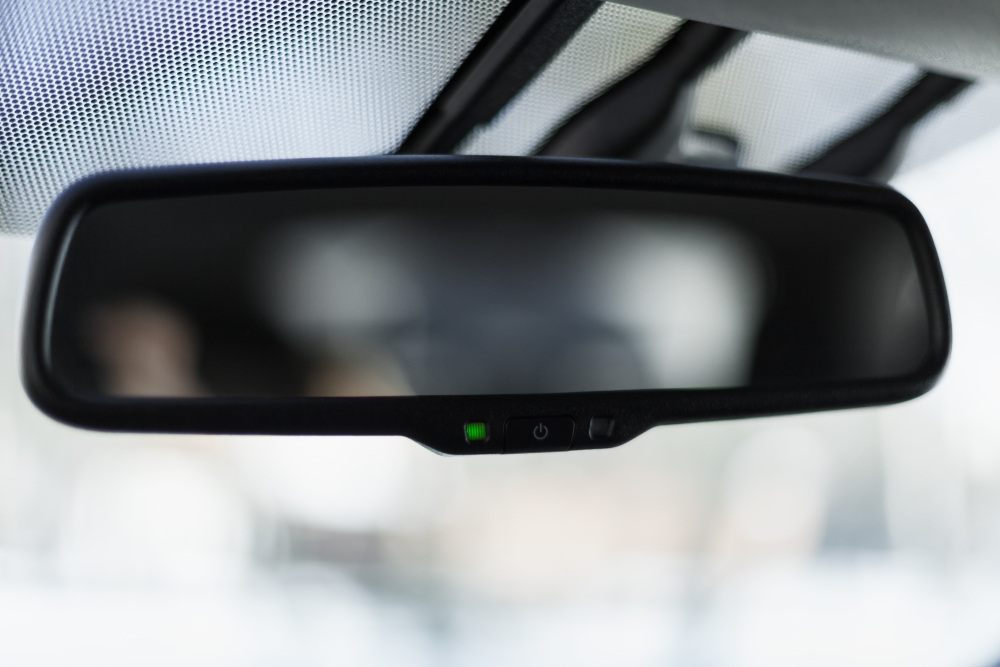
Auto-dimming rearview mirrors, which adjust their tint to reduce glare from headlights behind, can sometimes malfunction or be overly sensitive, leading to poor visibility. Drivers report that these mirrors can dim too much, making it difficult to see behind them at night, or not enough, failing to reduce glare effectively. Reviews suggest that manual control options should be included to allow drivers to adjust the mirror’s tint to their preference.
Gesture Controls

Gesture controls, intended to provide a futuristic and hands-free way to interact with the infotainment system, often fail to work consistently. These systems can misinterpret or fail to recognize gestures, leading to frustration and distraction. Real reviews indicate that many drivers find gesture controls to be more of a gimmick than a practical feature, preferring more reliable voice commands or traditional touch controls.
Overly Complicated Cruise Control
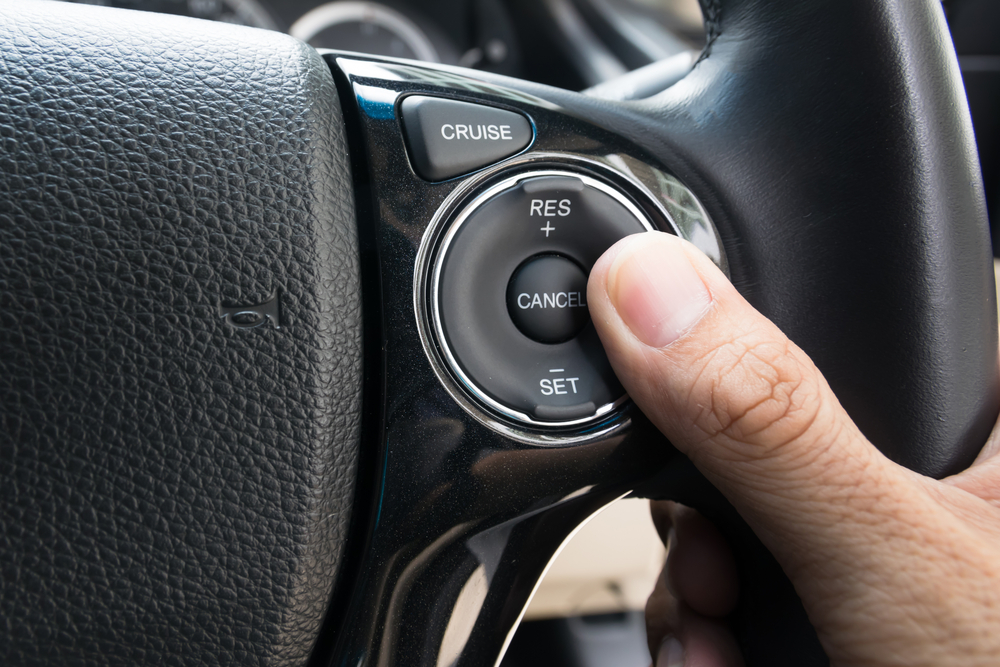
Adaptive cruise control systems that are overly complicated can be difficult for drivers to use effectively. These systems often have multiple settings and buttons that are not intuitive, leading to confusion and potential safety issues. Reviews highlight the importance of straightforward cruise control interfaces that allow drivers to easily set and adjust their speed without distraction.
Rear Seat Entertainment Systems

Built-in rear-seat entertainment systems, while a luxury feature, can be a source of frustration due to their high cost, outdated technology, and limited functionality compared to modern tablets and portable devices. These systems often come with bulky screens and limited media options, making them less appealing. Reviews frequently recommend investing in more flexible and up-to-date portable devices for rear-seat entertainment.
Complicated Seat Adjustment Controls
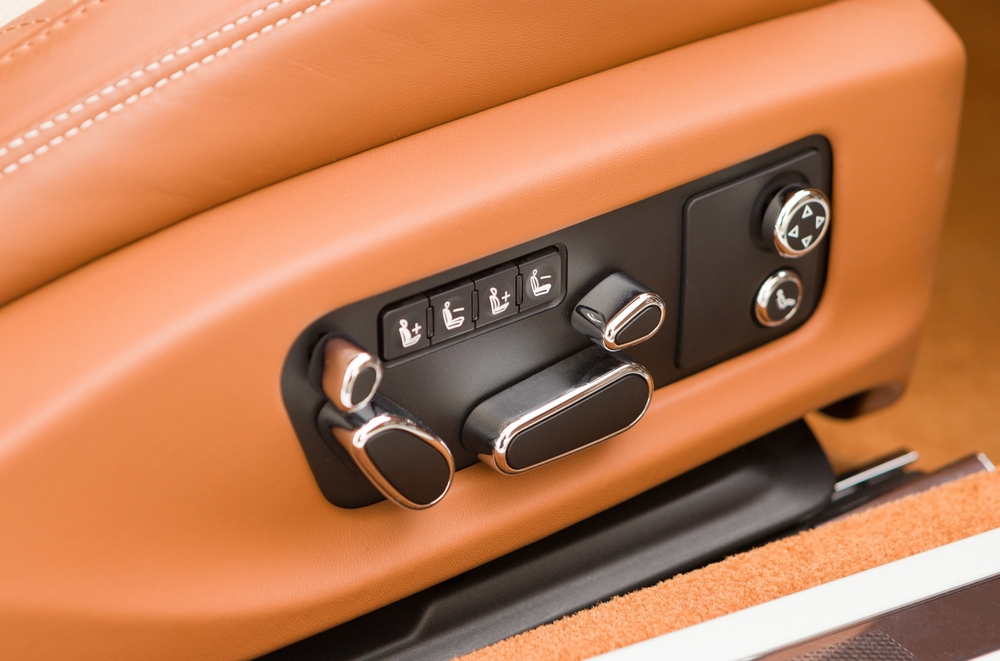
Electronic seat adjustment controls that are overly complicated can make it difficult for drivers to find a comfortable seating position. Systems with multiple buttons and settings can be confusing and time-consuming to operate. Real reviews suggest that while electronic adjustments can offer precise control, simpler and more intuitive interfaces are preferable to ensure ease of use.
Lack of Physical Volume Knob
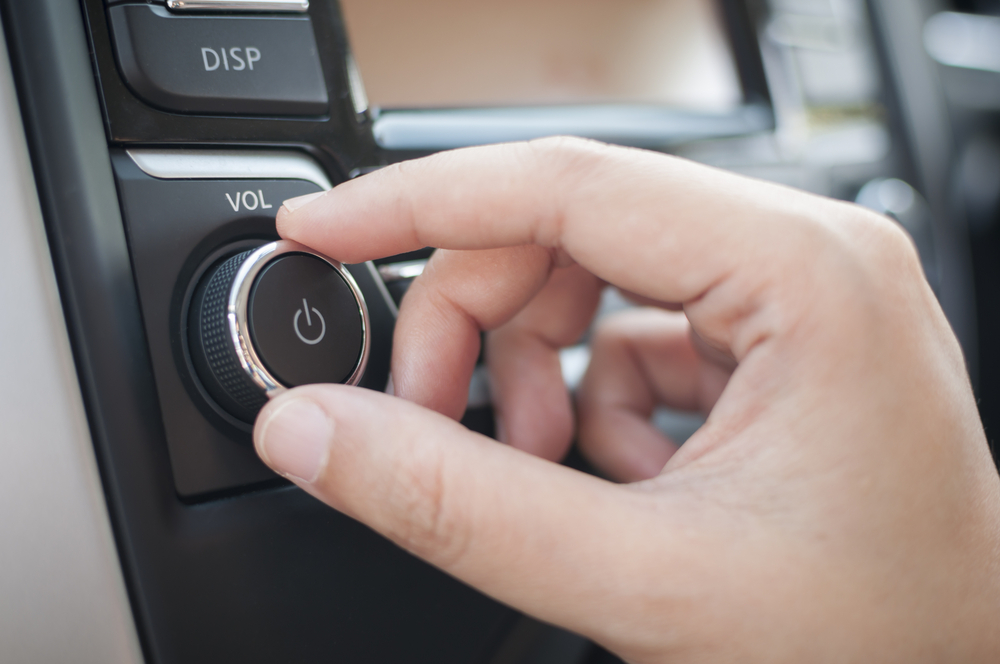
Many modern infotainment systems have replaced the physical volume knob with touch-sensitive controls or buttons, which can be less convenient and harder to use while driving. Drivers often miss the simplicity and ease of quickly adjusting the volume with a knob. Reviews frequently highlight this as a common annoyance, recommending that manufacturers retain physical volume knobs for their practicality.
Overly Aggressive Collision Warning Systems
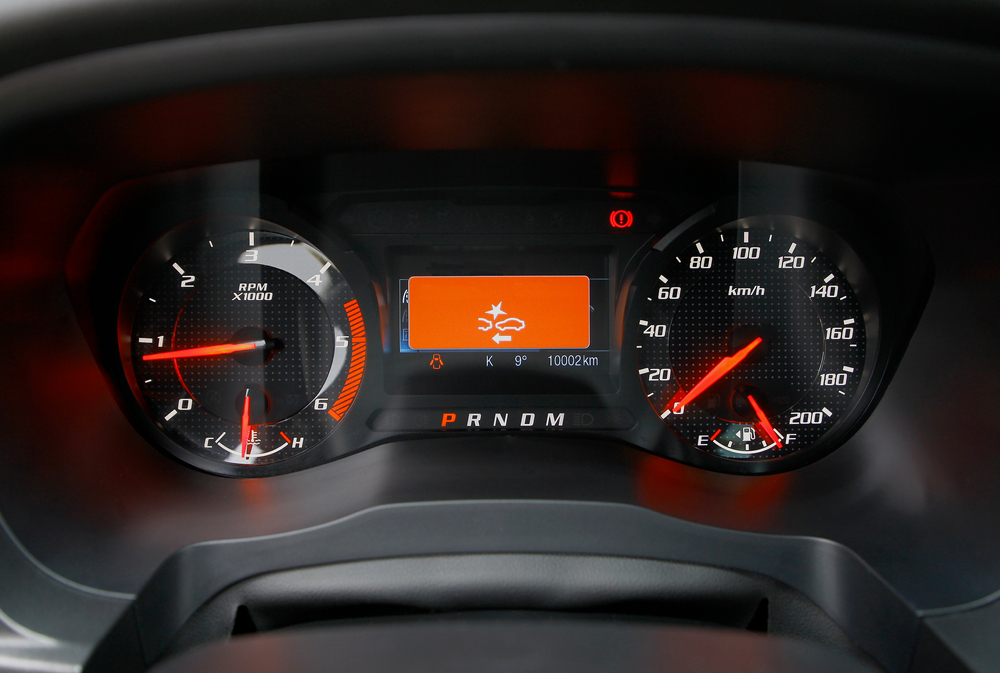
Collision warning systems that are overly aggressive can lead to false alarms and driver annoyance. These systems can activate unnecessarily, providing constant alerts for minor or non-existent threats, which can become a distraction and reduce the driver’s trust in the system. Real reviews suggest that adjustable sensitivity settings and more accurate detection algorithms could improve the user experience.
Push-Button Gear Selectors
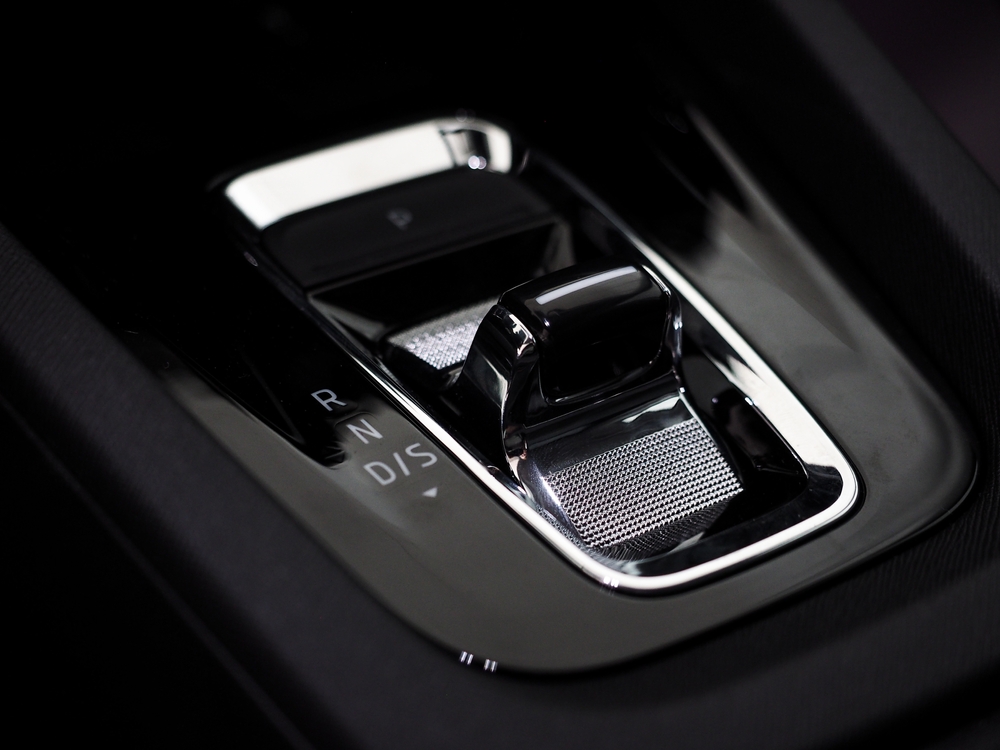
Push-button gear selectors, which replace traditional gear shifters with a series of buttons or switches, can be confusing and less intuitive for drivers. These systems often require drivers to take their eyes off the road to ensure they are selecting the correct gear. Reviews commonly express a preference for traditional gear shifters, which offer tactile feedback and a more straightforward operation.
Fixed Rear Headrests
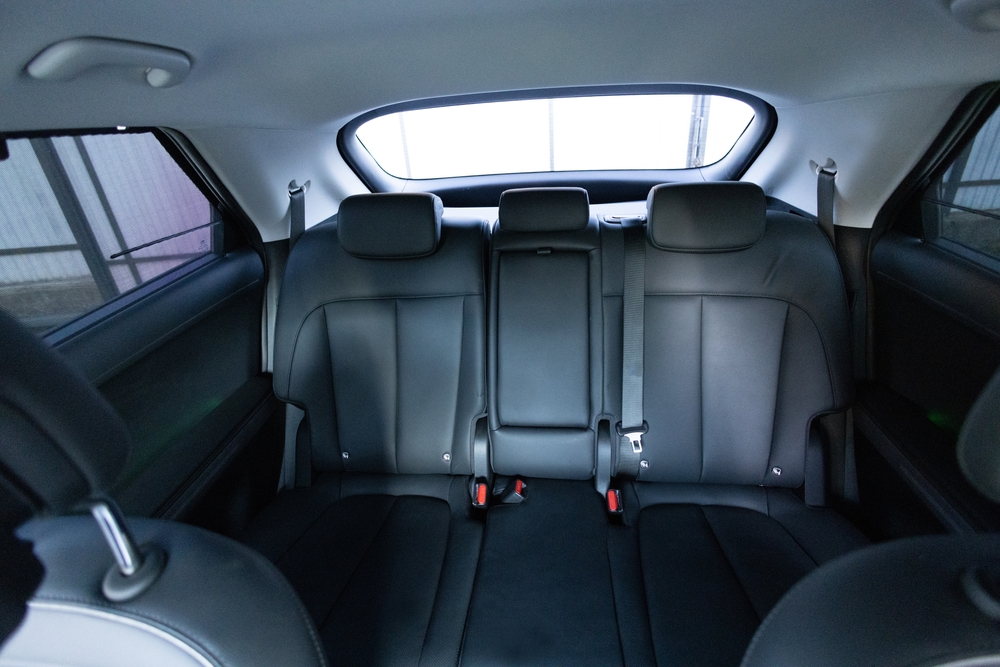
Fixed rear headrests, which cannot be adjusted or removed, can obstruct the driver’s rearview visibility and make it difficult to load large items into the trunk. This design can be particularly inconvenient for drivers who frequently use their vehicle for transporting cargo. Real reviews often suggest that adjustable or removable headrests would improve rear visibility and overall practicality.
Autonomous Parking Systems

Autonomous parking systems, designed to assist with parallel and perpendicular parking, can sometimes be unreliable and slow. These systems can struggle with tight spaces or unusual parking scenarios, leading to incomplete or incorrect parking attempts. Reviews indicate that while the idea is appealing, the execution often falls short, and drivers may end up parking manually to save time and frustration.
Lane Departure Warning
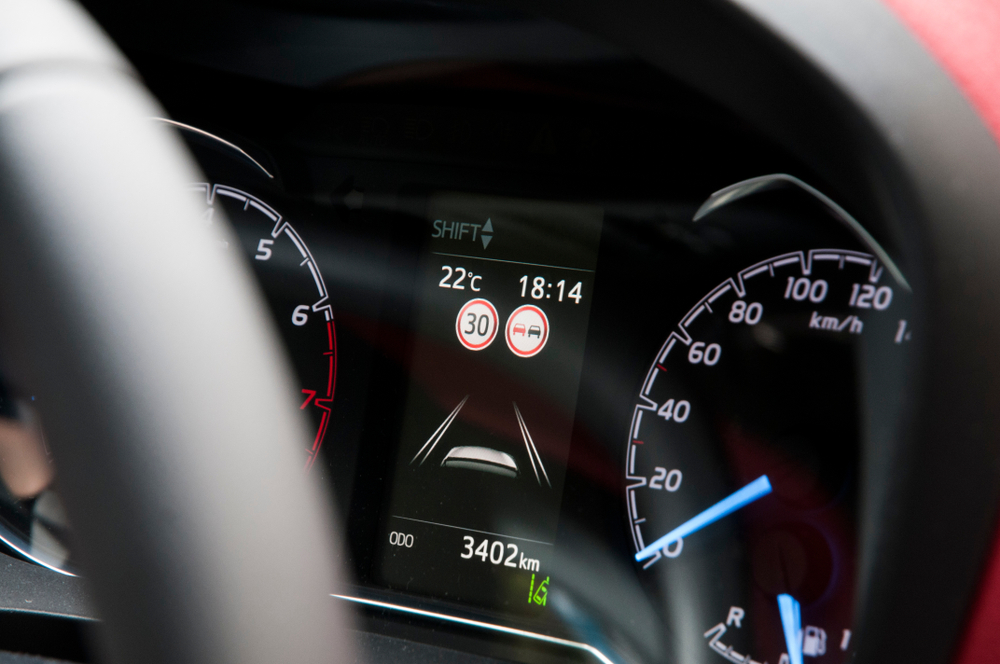
Lane Departure Warning systems, which alert drivers when they unintentionally drift out of their lane, can be overly sensitive and prone to false alarms. These systems can activate unnecessarily, providing constant alerts even when the driver is making a deliberate lane change or navigating narrow roads. Real reviews suggest that a more refined detection algorithm and adjustable sensitivity settings could enhance the user experience and reduce annoyance.
This article originally appeared on MyCarMakesNoise.
More from MyCarMakesNoise
22 American Classic Cars That Stand the Test of Time

These icons of the road highlight America’s rich automotive heritage, blending power, style, and innovation in ways that continue to influence the industry and car culture today. Read More.
The 15 Most Unattractive Muscle Cars Ever Made

This article explores a selection of these distinctive vehicles, each notable for its unique style that might not resonate with traditional muscle car enthusiasts. Read More.
21 Iconic German Muscle Cars You Need to Know

These vehicles stand out for their exceptional performance, innovative design, and significant influence on the automotive landscape. Perfect for car enthusiasts and admirers of cutting-edge engineering, this showcase highlights the best in power, precision, and style. Read More.














